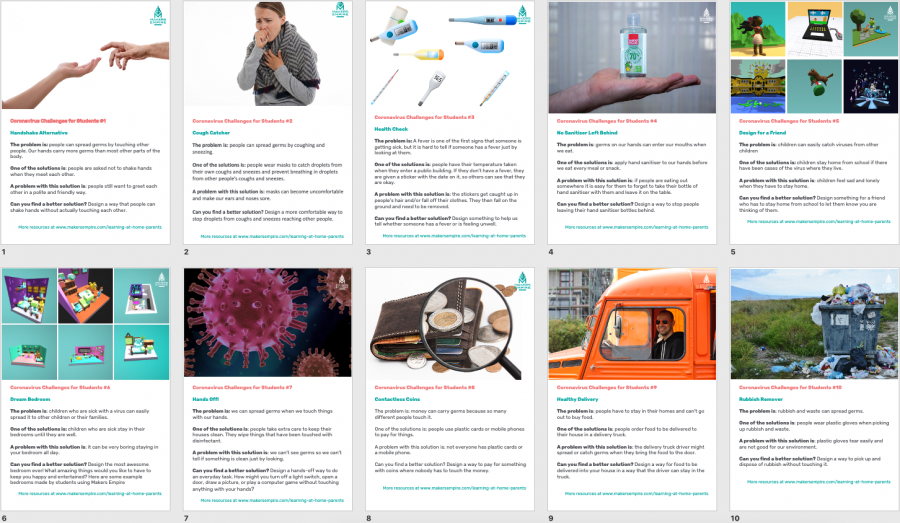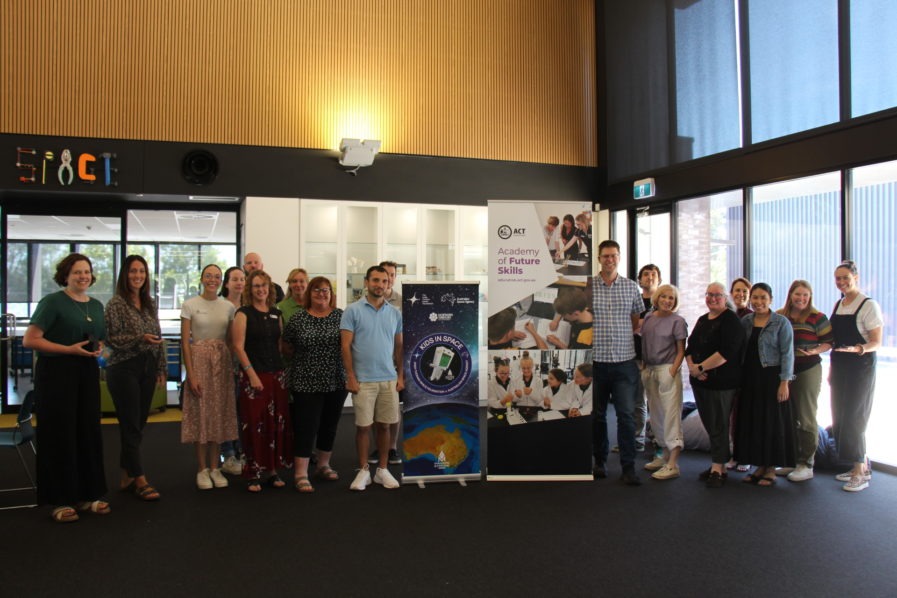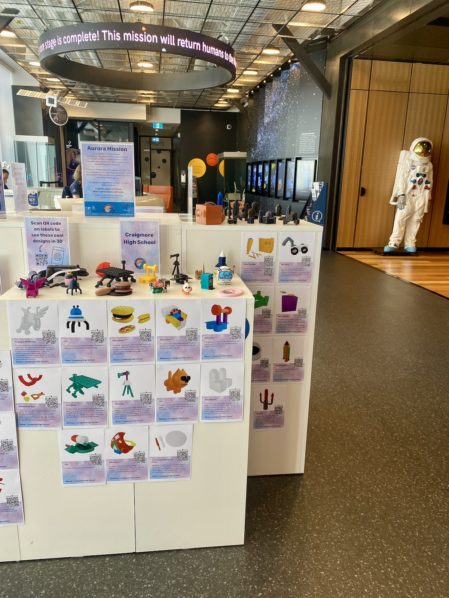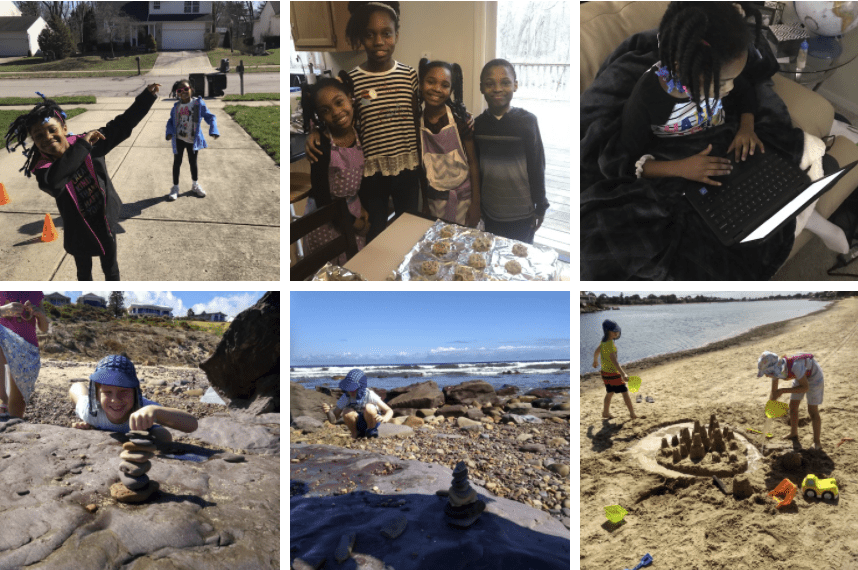We’ve seen a recent surge of activity around the world as health authorities try to contain the spread of the coronavirus and help those whose lives have already been impacted by the virus. As we are being bombarded by reports in the media and experience the impact on our everyday lives, it’s hard not to feel worried and fearful.
In Singapore, where I was working recently, we noticed people all around us wearing masks, we had our body temperatures checked when entering buildings, we saw people scrambling to stock up on supplies, and events were cancelled and postponed.
As with any health crisis, it’s important to remain vigilant and to take special care of our hygiene and the recommended social distancing and self-isolation measures. However, it’s important to keep well-informed, remain calm, and look after our emotional and mental wellbeing, too. As adults, it’s especially important that we support our children to feel calm and safe and to answer their questions as honestly and reassuringly as we can.
We know that many students and teachers around the world are not able to go to school at the moment, while others are worrying about the virus and the effect it might have on their family and friends.
As people around the world adapt their everyday behaviours to avoid the spread of the virus, we’ve observed some great examples of Design Thinking being used to solve the problems they encounter. So we’ve created 10 design challenges or lesson ideas for students to design even better solutions. The Makers Empire 3D design app was created specifically for K-8 students, works on all tablets and devices, and is free to use at home.
We hope that these design challenges might engage a child who is currently unable to leave the house and/or distract a worried child with a fun, challenging activity. We also hope that these design challenges might help children feel optimistic and empowered in this challenging time and provide opportunities for parents and teachers to discuss the virus openly and honestly.
Let’s encourage our children to think of ways to help people affected by the coronavirus and find a way to rise above this virus together.
10 Coronavirus 3D Design Challenges
Challenge #1: Handshake Alternative
The problem is: people can spread germs by touching other people. Our hands carry more germs than most other parts of the body.
One of the solutions is: people are asked not to shake hands when they meet each other.
A problem with this solution is: people still want to greet each other in a polite and friendly way.
Can you find a better solution? Design a way that people can shake hands without actually touching each other.
Challenge #2: Cough Catcher
The problem is: people can spread germs by coughing and sneezing.
One of the solutions is: people wear masks to catch droplets from their own coughs and sneezes and prevent breathing in droplets from other people’s coughs and sneezes.
A problem with this solution is: masks can become uncomfortable and make our ears and noses sore.
Can you find a better solution? Design a more comfortable way to stop droplets from coughs and sneezes reaching other people.
Challenge #3: Health Check
The problem is: A fever is one of the first signs that someone is getting sick, but it is hard to tell if someone has a fever just by looking at them.
One of the solutions is: people have their temperature taken when they enter a public building. If they don’t have a fever, they are given a sticker with the date on it, so others can see that they are okay.
A problem with this solution is: the stickers get caught up in people’s hair and/or fall off their clothes. They then fall on the ground and need to be removed.
Can you find a better solution? Design something to help us tell whether someone has a fever or is feeling unwell.
Challenge #4: No Sanitiser Left Behind
The problem is: germs on our hands can enter our mouths when we eat.
One of the solutions is: apply hand sanitiser to our hands before we eat every meal or snack.
A problem with this solution is: if people are eating out somewhere it is easy for them to forget to take their bottle of hand sanitiser with them and leave it on the table.
Can you find a better solution? Design a way to stop people leaving their hand sanitiser bottles behind.
Challenge #5: Design For A Friend
The problem is: children can easily catch viruses from other children
One of the solutions is: children stay home from school if there have been cases of the virus where they live.
A problem with this solution is: children feel sad and lonely when they have to stay home.
Can you find a better solution? Design something for a friend who has to stay home from school to let them know you are thinking of them.
Challenge #6: Dream Bedroom
The problem is: children who are sick with a virus can easily spread it to other children or their families.
One of the solutions is: children who are sick stay in their bedrooms until they are well.
A problem with this solution is: it can be very boring staying in your bedroom all day.
Can you find a better solution? Design the most awesome bedroom ever! What amazing things would you like to have to keep you happy and entertained? Here are some example bedrooms made by students using Makers Empire.
Challenge #7: Hands Off!
The problem is: we can spread germs when we touch things with our hands.
One of the solutions is: people take extra care to keep their houses clean. They wipe things that have been touched with disinfectant.
A problem with this solution is: we can’t see germs so we can’t tell if something is clean just by looking.
Can you find a better solution? Design a hands-off way to do an everyday task. How might you turn off a light switch, open a door, draw a picture, or play a computer game without touching anything with your hands?
Challenge #8: Contactless Coins
The problem is: money can carry germs because so many different people touch it.
One of the solutions is: people use plastic cards or mobile phones to pay for things.
A problem with this solution is: not everyone has plastic cards or a mobile phone.
Can you find a better solution? Design a way to pay for something with coins where nobody has to touch the money.
Challenge #9: Healthy Delivery
The problem is: people have to stay in their homes and can’t go out to buy food.
One of the solutions is: people order food to be delivered to their house in a delivery truck.
A problem with this solution is: the delivery truck driver might spread or catch germs when they bring the food to the door.
Can you find a better solution? Design a way for food to be delivered into your house in a way that the driver can stay in the truck.
Challenge #10: Rubbish Remover
The problem is: rubbish and waste can spread germs.
One of the solutions is: people wear plastic gloves when picking up rubbish and waste.
A problem with this solution is: plastic gloves tear easily and are not good for our environment.
Can you find a better solution? Design a way to pick up and dispose of rubbish without touching it.
AUTHOR BIOGRAPHY













